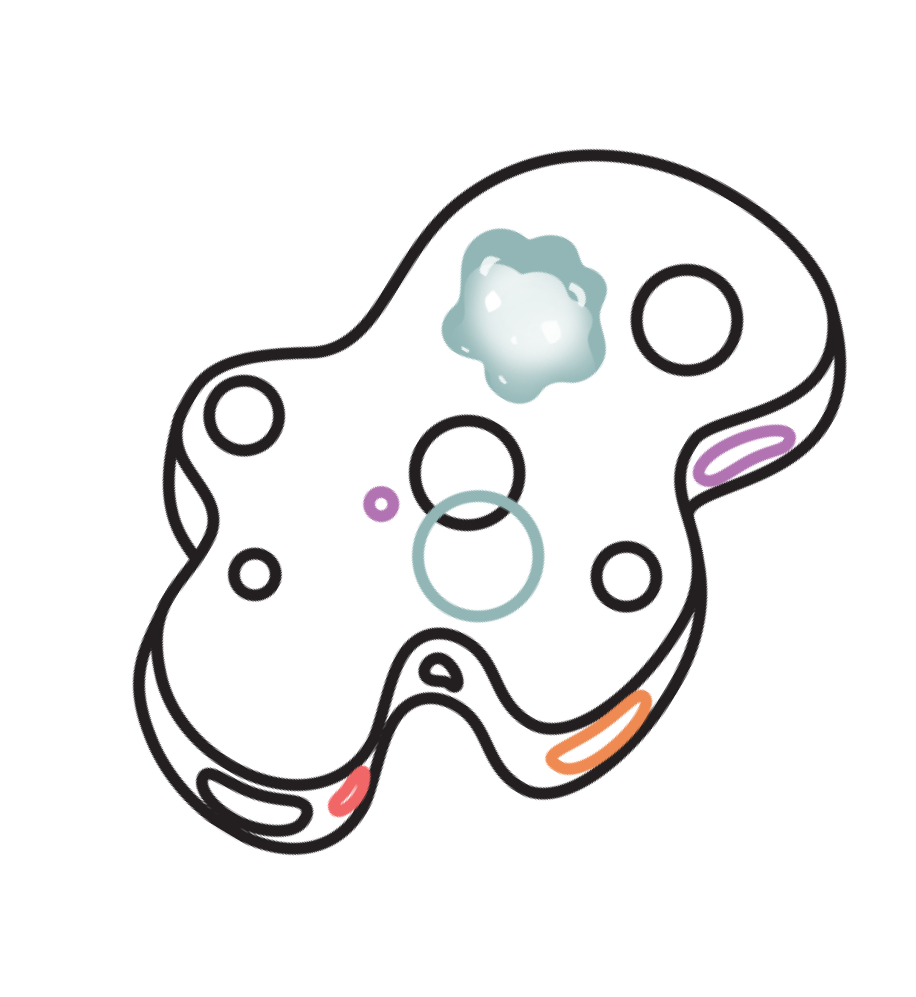Introduction
Breathing is something we do subconsciously, but it can also be a powerful tool to help us manage stress, anxiety, and improve our overall well-being. In fact, as we saw in a previous blog post, breathing controls most of our bodily functions! By controlling our breath, we can calm our minds, reduce tension in our bodies, and increase focus and concentration.
In this blog post, we'll explore eight different breathing exercises that you can use to promote relaxation and boost your mental and physical health. Whether you're looking to destress after a long day, prepare for a big presentation, or just want to improve your overall breathing habits, these exercises can be an effective and easy way to help you achieve your goals.
As James Nestor notes in Breath, all breathing should be performed through the nose. Overall, the max efficiency of breathing occurs when we inhale and exhale for 5.5 seconds both ways. Furthermore, when you inhale longer than your exhale, your heart speeds up; when you exhale longer than your inhale, your heart slows down.
So take a deep breath and let's get started!
Ocean Breath (Ujjayi Breath)
Ocean breath is a great base breath that should be performed at all times throughout your day. It helps keep you grounded and prevents the mind from wandering. To do this breathing technique, follow these steps:
- Put your hand in front of your face.
- Try to fog your hand up with your mouth (repeat x2).
- Notice the depth of the breath.
- Continue the exercise, except inhale and exhale with the same depth through your nose.

Figure 1. Ocean Breath.
Box Breathing
Box breathing can be helpful when you need to reduce stress and calm your mind, and it is used by Navy Seals to improve focus in challenging situations. To perform box breathing, follow these steps:
- Inhale for 4 seconds.
- Hold for 4 seconds.
- Exhale for 4 seconds.
- Hold for 4 seconds.
Repeat these steps as many times as you need and play around with the duration of each section.

Figure 2. Box Breathing.
Alternate Nostril Breathing
Alternate nostril breathing can be used to balance the flow of energy in your body. So, if you're ever feeling "off", then try this technique. To perform alternate nostril breathing, follow these steps:
- Close your left nostril. Inhale through your right nostril only.
- Close your right nostril. Exhale through your left nostril only
- Keep your right closed. Inhale through your left nostril only.
- Close your left nostril. Exhale through your right nostril only.

Figure 3. Alternate Nostril Breathing.
Complete Exhales
Sometimes throughout your day, you need to exhale all the oxygen out of your lungs, which allows you to get new fresh oxygen into your system. This helps re-energize your body. To do this exercise:
- Breathe normally for 5 breaths
- After the last breath, completely exhale all the air in your lungs.
Tip: Say "abcdefg" as fast as exhale until you can't anymore.

Figure 4. Complete exhales.
Circular Breathing
Circular breathing is a great technique to hone your awareness. It challenges you to focus on one thing and one thing only. To do this exercise, follow these steps:
- Take deep, slow breaths in and out through the nose.
- Focus on the circular nature of the breath.
- Let there be no pause in between every in and out breath.
- Create a continuous flow.

Figure 5. Circular Breathing.
Breathing Tables
If you have the time consider doing these breathing tables to (a) build a high \(CO_2\) tolerance and (b) build a low \(O_2\) tolerance. These will help extend how long you can hold your breath.

Counting Breaths
To help build momentum of mindfulness, try counting your breaths. This is a great exercise to do while you're laying in bed before you go to sleep or when you wake up.
For instance, inhale (1), exhale (2), inhale (3), etc. up to 20. Then, try variations of only counting in breaths or out breaths.

Figure 6. Try counting breaths before bed.
Conclusion
Breathing exercises can be a powerful tool for managing stress, anxiety, and improve overall well-being. Even though they are simple in nature, these exercises help subconsciously regulate most bodily functions. Remember, taking a few deep breaths throughout the day can make a big difference in how you feel and perform. So, throughout your day, take a few deep breath and give these exercises a try!
If you want more exercises, then check out 100 Daily Meditations!
















